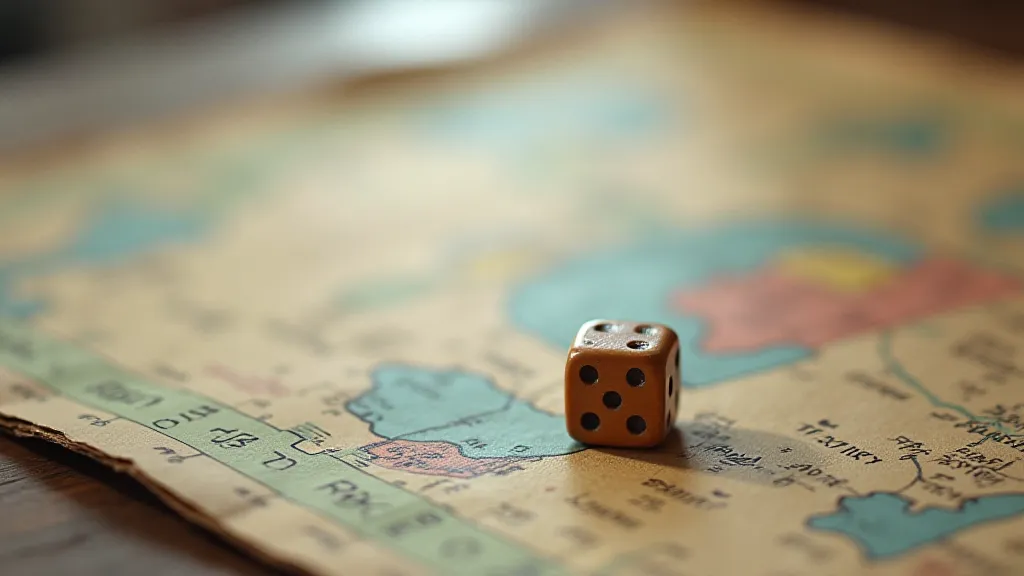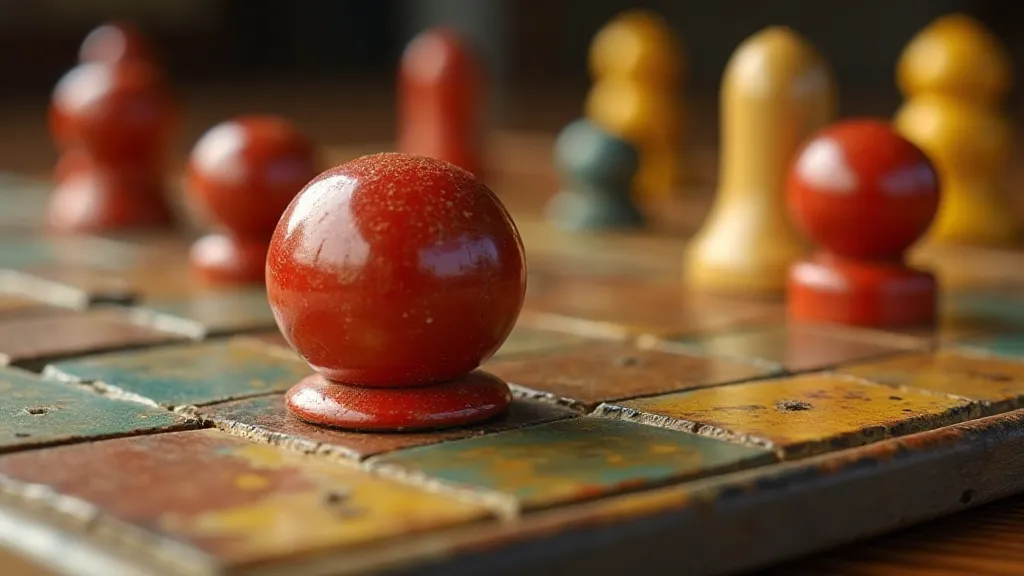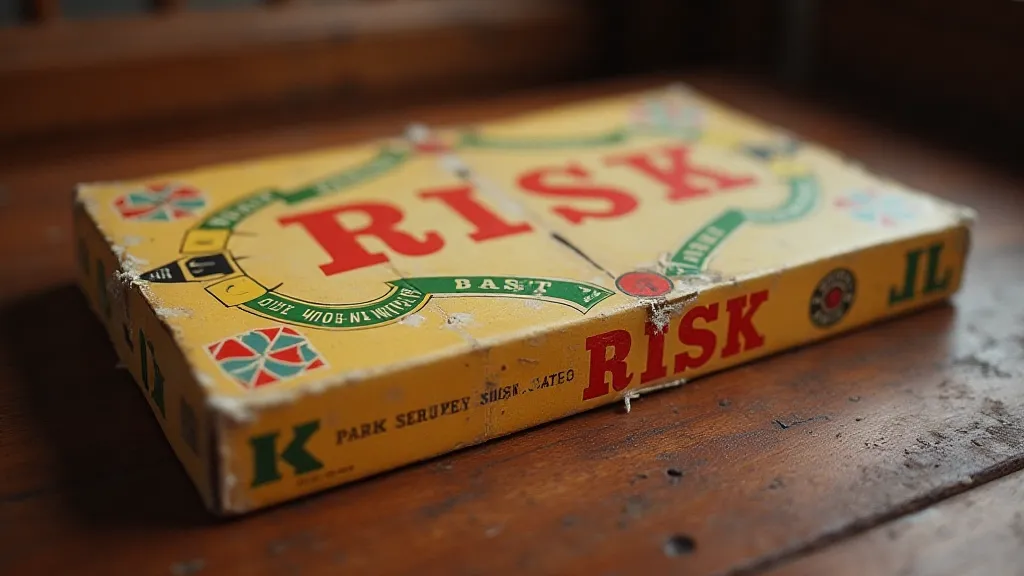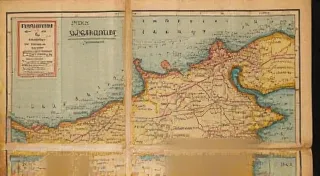The Clockwork Heart of Risk: Strategy, Chance, and the Victorian Mind
The satisfying clatter of dice, the rustle of cardboard armies, the tense negotiation across a global map – these are the sounds of Risk. But few consider the game’s roots, buried deep within the Victorian era, a period of immense change, expansion, and a profound anxiety about empire. Collecting vintage Risk games isn't simply about acquiring a piece of game history; it's about holding a tangible echo of that complex past, a glimpse into the strategic and psychological landscape of a world grappling with its own power.
My own fascination began with a box, dusty and forgotten in my grandfather's attic. It wasn’s the modern, brightly colored version we knew. This was different. The artwork was stark, the colors muted; the cardboard thick and worn smooth with age. The original 1957 Parker Brothers Risk, with its hand-drawn map and its subtle, almost melancholic charm. It wasn't just a game; it was a portal.
The Rise of a Global Game: From Lampe to Parker
The story of Risk begins not with Parker Brothers, but with a French designer named Albert Lamorisse. In 1955, he created *La Conquête du Monde* (The Conquest of the World), a game that, even then, resonated with the anxieties of a post-war world struggling with the shadows of conflict. Lamorisse’s game, while elegant in its design, didn't achieve widespread success. The real breakthrough came when Pierre Landais and Jean-Michel Sfar adapted the concept and sold the rights to Parker Brothers. The American adaptation, released in 1957, became an instant phenomenon, quickly translated into countless languages and spawning a global obsession with strategic domination.
But why did this game, a seemingly simple exercise in territorial conquest, capture the public imagination so effectively? I believe the answer lies in the Victorian mindset, inadvertently imprinted onto the game's design. Consider the broader landscape of entertainment and leisure during that era – games were more than mere diversions; they were often microcosms of social and political realities. The evolution of game mechanics, from simple dice games to more complex board games, reflects a changing society’s increasing sophistication and its fascination with strategy and competition. The complex systems and evolving rules demonstrate how the evolution of game mechanics helped shape Victorian pastimes.

The Empire’s Shadow: Strategy and Geopolitical Anxiety
The Victorian era was defined by the expansion of the British Empire, a period of unprecedented global reach and influence. Yet, this expansion was not without its anxieties. The sheer scale of the Empire, the constant threat of rebellion, the complex web of international relations – all contributed to a sense of precariousness. Risk, in its early iterations, mirrors these concerns. The map itself isn't just a whimsical representation of the world; it's a visual representation of the geopolitical landscape of the time, with territories marked by colonial boundaries and strategic importance.
Consider the early Risk artwork. The territories aren’t defined by vibrant colors or modern cartography; they are shaded with a seriousness that reflects the weight of responsibility that came with imperial power. The game implicitly demands a player consider the impact of every action. Expanding aggressively might bring short-term gain, but it also risks attracting the attention of powerful opponents. The constant need to balance offense and defense, to anticipate the moves of others, echoes the strategic dilemmas faced by Victorian policymakers. Beyond the grand strategic maneuvering, there was a palpable fascination with the materials themselves - the crafting, the artistry, and the subtle indicators of status associated with possessing quality game pieces. Indeed, the intricate designs and elaborate ornamentation often reflected the values and aspirations of the era, mirroring a broader appreciation for craftsmanship and beauty. The materials of play, particularly those fashioned from luxurious materials, served as symbols of wealth and social standing, adding another layer of complexity to the Victorian game-playing experience.
Moreover, the element of chance – the roll of the dice – subtly acknowledges the unpredictable nature of warfare and diplomacy. Even the most meticulously planned campaigns could be derailed by unforeseen events. The Victorian era, with its rapid advancements in technology and its volatile political climate, was particularly susceptible to such disruptions. The game, therefore, doesn't offer a guarantee of victory; it acknowledges the fragility of even the most powerful empires. Examining the detail of these antique games reveals not just the mechanics, but also offers a window into the cultural significance of games, reflecting Victorian social structures, anxieties, and aesthetic values.
Craftsmanship and Collectibility: A Glimpse into a Bygone Era
Beyond its historical significance, the early editions of Risk are objects of remarkable craftsmanship. The thick cardboard, the hand-drawn artwork, the sturdy wooden pieces – these are the hallmarks of an era when quality and durability were paramount. Compared to the mass-produced games of today, the vintage versions feel almost luxurious. Examining the detail – the slightly uneven lines of the map, the subtle variations in the coloring – reveals the human touch that is so often lost in modern manufacturing.
Collecting these vintage games isn’t simply about acquiring an object; it’s about preserving a piece of history. Condition, of course, significantly impacts value. Boxes in pristine condition are exceptionally rare and command a premium. However, even games with wear and tear can be prized possessions, each mark telling a silent story of countless battles fought across kitchen tables and game rooms. The very materials used in constructing these games – the quality cardboard, the meticulously carved wooden pieces, the vibrant colors - tell a story of a time when artistry and dedication were valued above mere efficiency.

Restoration and Preservation: Honoring the Past
Restoring vintage games is a delicate process. The goal isn't to return the game to a “new” condition, but rather to stabilize it and prevent further deterioration. Professional conservationists often use archival-quality materials and gentle cleaning techniques to preserve the game's integrity. However, many collectors prefer to leave their games in their “as-found” condition, believing that the wear and tear are an integral part of the game's history. These collectors appreciate the patina of age, the subtle imperfections that speak to the game's journey through time.
A few simple precautions can extend the life of a vintage Risk game. Storing it in a cool, dry place, away from direct sunlight and extreme temperatures, is essential. Replacing damaged components, such as cardboard tokens or dice, with accurate reproductions can also help preserve the game's authenticity. However, it’s crucial to avoid any modifications that would permanently alter the game’s original character. Sometimes, the most valuable aspect is not perfect preservation, but the integrity of the original materials and design, even with their signs of age and use.
A Legacy of Strategy and Anxieties
The vintage Risk games represent more than just a beloved pastime. They offer a unique window into the Victorian mindset, reflecting the era’s anxieties about empire, warfare, and geopolitical dominance. Owning and appreciating these games isn’t just about collecting an antique; it’s about connecting with a complex and fascinating period in human history. The satisfying click of the dice, the rustle of the map – these sounds carry a legacy, a whisper of empires and anxieties echoing across the decades. They are the clockwork heart of a game that continues to captivate and challenge us, a testament to the enduring power of strategy, chance, and the human desire to conquer. Indeed, the pursuit of such rare and exceptional gaming artifacts has become a passion for many, leading to an appreciation not just for the games themselves, but also for the intricate details of the rare and misprinted variants that occasionally surface, providing further insight into the evolution of the game's production and design.

Furthermore, the use of certain materials and the level of detail in the components often reflects a broader cultural obsession with luxury and refinement, a hallmark of the Victorian era. Consider, for instance, the use of ivory in game pieces during this period – a testament to both the artistic skill of the artisans and the prevailing attitudes towards natural resources. This reflects a historical moment when the significance of such materials was far different than it is today, and understanding this context is crucial for appreciating the cultural weight of these vintage games. The appreciation extends to the artistry of the era, echoing the aesthetic values that influenced not only games, but also other forms of art and design, making them valuable pieces of cultural heritage. The allure of the past extends to the materials themselves – particularly those crafted from precious or unusual substances. The very idea of using ivory in gaming pieces underscores a time when such materials were readily available and highly prized, adding another layer of fascination for collectors and enthusiasts alike.
Finally, the popularity of parlor games and board games during the Victorian era reflects a broader shift in leisure activities and social interactions. As industrialization transformed the economy and society, people sought new ways to entertain themselves and connect with others. Parlor games provided a structured and engaging alternative to the more solitary pursuits of earlier generations, fostering a sense of community and shared experience. They represented a deliberate effort to create moments of pleasure and connection, mirroring the era’s desire for refinement and civility, which ultimately extended to even the most casual forms of amusement. The games themselves became symbols of a certain lifestyle, embodying the values and aspirations of those who played them. The era’s embrace of such interactive forms of entertainment demonstrates a fundamental human desire to connect, compete, and be entertained, even within the confines of a refined and structured social environment. The tradition continues today, fueling the ongoing fascination with vintage board games and providing a glimpse into a bygone era of parlor amusements and genteel competition.




